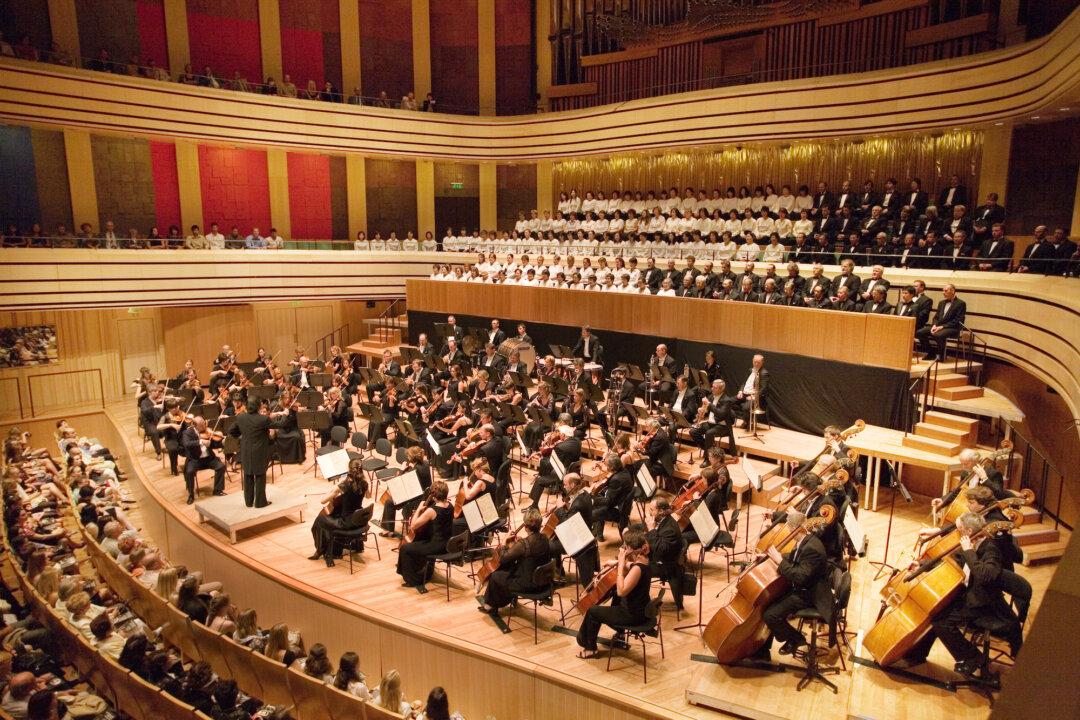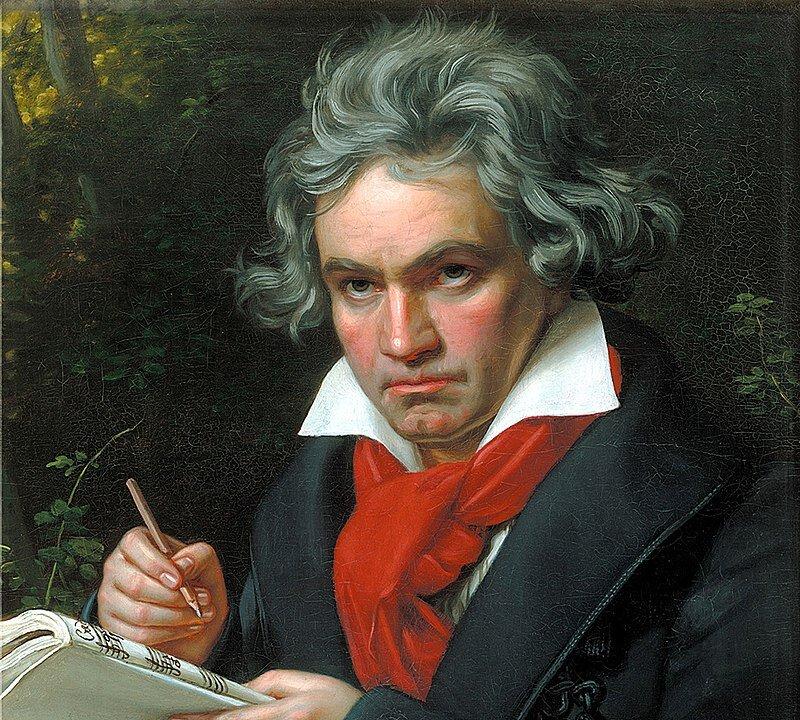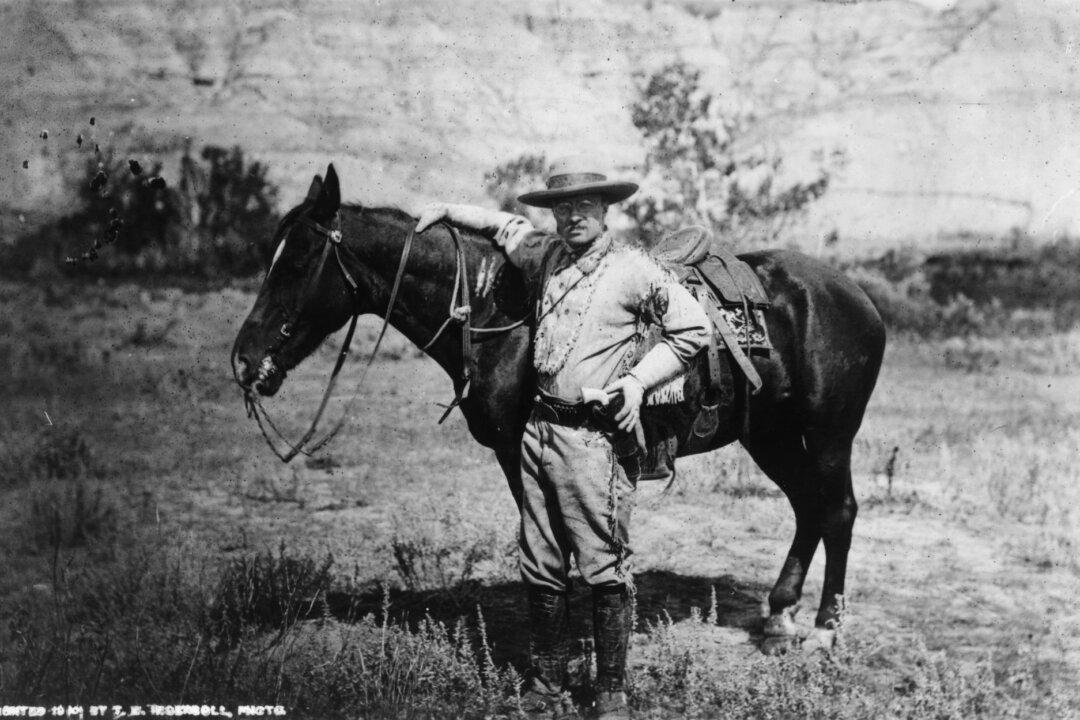There are some pieces of classical music written for young people that, if used well, can have a big impact on kids’ appreciation for classical music and, more specifically, their knowledge of orchestra instruments.
The following pieces can be used in a variety of ways: You could not only start teaching your child the names of the sections of the orchestra (more on that later) but also have them listen to different segments, and you could either point out what things or feelings the sounds make you think of (if your child is younger) or pause after some segments and ask your kids what they themselves picture in their minds when they hear the different sounds.





